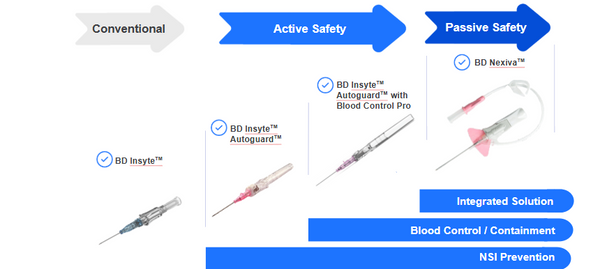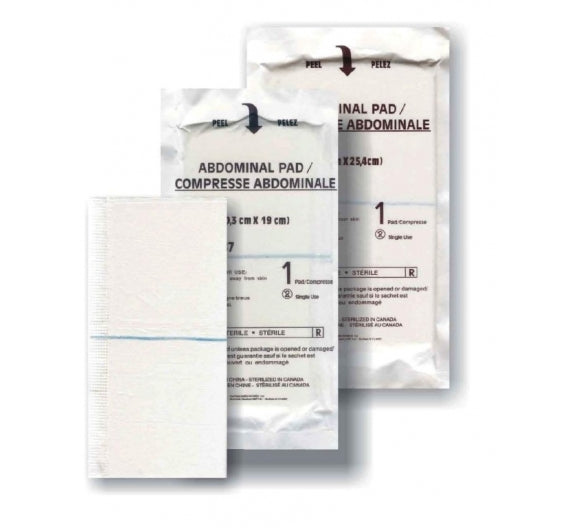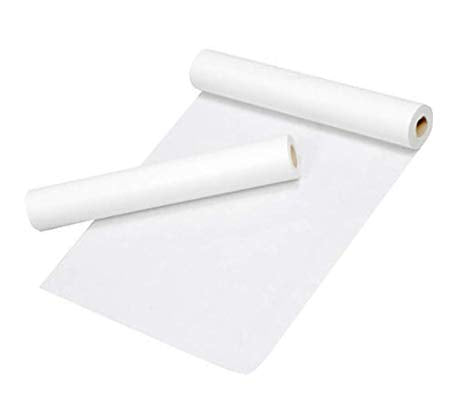What is Chlorhexidine (CHG)?
Chlorhexidine Gluconate (Aka CHG)
"CHG" is an acronym for Chlorhexidine Gluconate, which is a chemical compound used as an antiseptic and disinfectant. Chlorhexidine Gluconate is a salt form of chlorhexidine, which is often used in healthcare settings to reduce the risk of infection. It is commonly used as a skin cleanser prior to surgical procedures or to clean wounds. Chlorhexidine Gluconate is also used in some mouthwashes and oral rinses to prevent or treat oral infections such as gingivitis. Like chlorhexidine, it works by disrupting the cell membranes of bacteria and other microorganisms, leading to their destruction or inhibition of their growth.
2% CHG vs 4% CHG
There are several applications for 2% CHG (chlorhexidine gluconate), including:
- Surgical site preparation: 2% CHG is commonly used to prepare the skin prior to surgery to reduce the risk of surgical site infections.
- Skin antisepsis: 2% CHG can be used to disinfect skin prior to certain medical procedures, such as catheter insertion.
- Oral hygiene: 2% CHG mouthwash is sometimes used to help prevent oral infections and to reduce the risk of ventilator-associated pneumonia in critically ill patients.
- Wound care: 2% CHG can be used to clean and disinfect wounds, although it is generally not recommended for use on open, heavily contaminated wounds.
- Central line care: 2% CHG can be used as part of central line care to help prevent central line-associated bloodstream infections (CLABSI).
4% CHG (chlorhexidine gluconate) is a stronger concentration of the antiseptic solution compared to 2% CHG. The applications for 4% CHG include:
- Skin antisepsis: 4% CHG is commonly used as a skin disinfectant prior to surgical procedures, including central line insertions, arterial line insertions, and urinary catheterizations.
- Wound irrigation: 4% CHG can be used to irrigate wounds and clean them of bacteria.
- Preoperative skin cleansing: 4% CHG can be used for preoperative skin cleansing in order to reduce the incidence of surgical site infections.
- Treatment of skin infections: 4% CHG can be used to treat certain skin infections caused by bacteria, such as impetigo and folliculitis.
- Oral hygiene: 4% CHG can be used as a mouthwash for oral hygiene and to reduce the incidence of ventilator-associated pneumonia in critically ill patients.
Examples of Chlorhexidine products:
Stanhexidine Aqueous Blue 2% CHG
- It is used to clean the skin after an injury, before surgery, or before an injection. Chlorhexidine is also used to clean the hands before a procedure. It works by killing or preventing the growth of bacteria on the skin
3M SoluPrep Chlorohexidine Wipe w/ Isopropyl 70%
- 3M™ SoluPrep™ Wipes is a clear solution of 2% w/v chlorhexidine gluconate (CHG) and 70% v/v isopropyl alcohol (IPA). Indicated for skin antisepsis prior to invasive procedures, this product helps reduce bacteria on skin to diminish the risk of surgical site infection.
SAGE CHG 2% Wipe 6pk Antiseptic Body Cleanser
- Skin-friendly, easy to use CHG cloths that are fast-acting, broad-spectrum, and alcohol-free. Typically used to wipe down patient before surgery
Germi-Stat Skin Cleanser Soap CHG 2%
- CHG hand cleanser used before performing minor procedures, tattooing and dental exams



